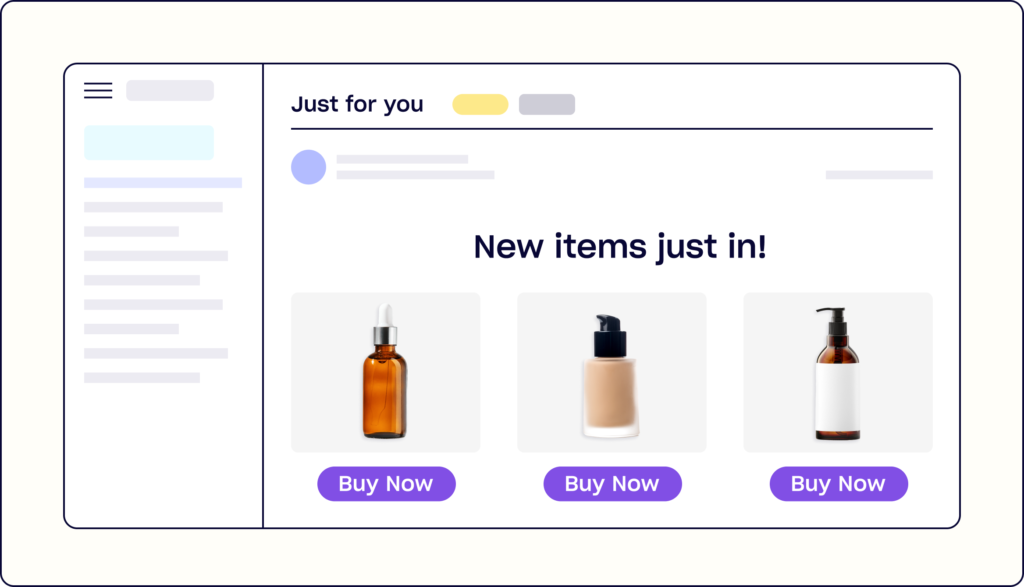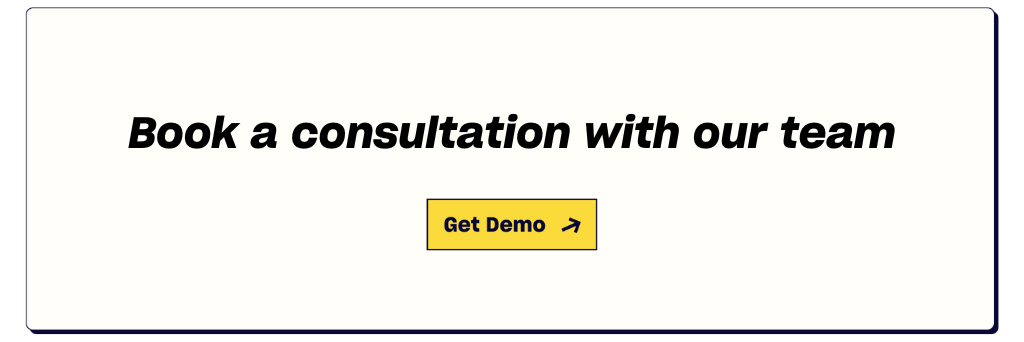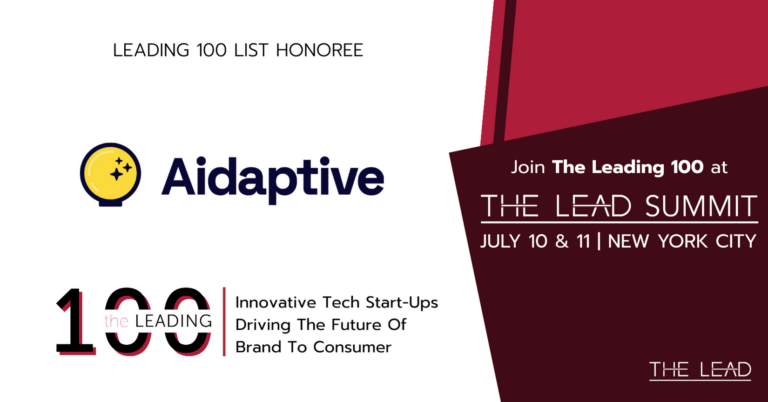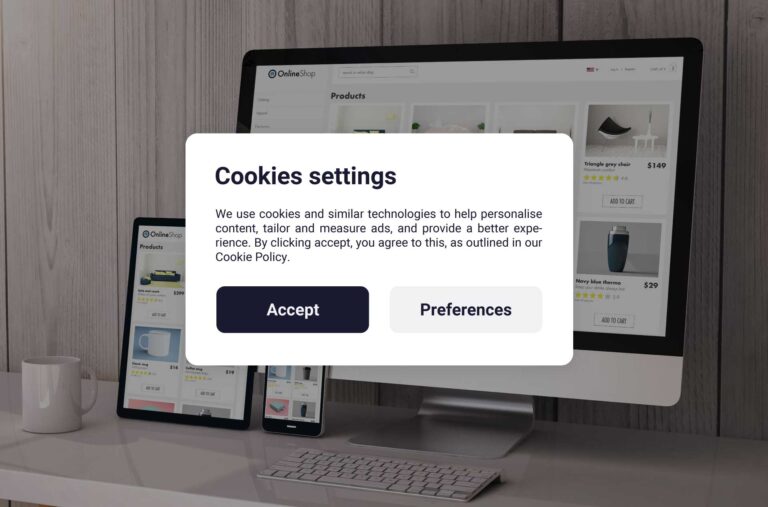What are Predictive Recommendations? A clear-cut guide
Product recommendations on eCommerce sites are one of the highest-impact revenue touchpoints in a person’s shopping experience.
Consumers look to high-quality product recommendations to guide their shopping journey. It’s an embedded and inextricable part of finding the right product.
But market research has exposed a sad truth: the majority of eCommerce product recommendation experiences suck.
But what makes a product recommendation “high-quality”?
And why are so many existing tools not cutting it?
The age of predictive personalization engines has brought about the new paradigm of product recs: predictive recommendations are intelligent, fully automated, and accelerate conversion rate improvements.
In this post, we’ll teach you exactly what predictive recommendations are; what they do for your store and your customers; and how to get started.
Predictive Recommendations definition
Predictive Recommendations
[ pri-dik-tiv • rek-uh-men-dey-shuhnz ]
Predictive Recommendations are machine learning-generated product recommendations that are automatically personalized to individual shoppers based on predicted affinity and intent. Automatically.
Product recommendations are tried and true, and for good reason: they are deeply integrated into shopping.
Predictive recommendations simply make product recommendations automated, intelligent, and dynamically personalized one-to-one.
Most legacy product recommendations are either basic features that come out-of-the-box, or they’re cheap plugins. In either case, the personalization capabilities are lightweight or non-existent.
Do you think Amazon’s recommended products across their website and marketing emails are driven by a cheap plugin? Or by manually defined rules-based segmentation?
Of course not.
And neither should yours.

How Predictive Recommendations work
Let’s spend a moment explaining how predictive recommendations work.
1. Map shopper journey data
The predictive personalization engine collects all available signals along the customer journey: both for successful conversions and for abandoned paths. Think: product page views, category interest, browse filters, etc.
Machine learning uses this rich data to build models of similar and anomalous customers and their product preferences.
2. Product discovery
During the early phase of a customer’s engagement, the predictive recommendations intelligently display recommendations that are highly relevant for that user’s shopping intent.
The goal is to discover the relevant products for their needs. Machine learning predicts these top-of-funnel recommendations.
3. Product conversion
After some shopping, the predictive recommendations focus on providing users the specific products and variations that they are most likely to purchase.
This phase is all about driving conversions. Not only driving the first add-to-cart & transaction, but also upselling relevant products.
4. Continuous learning
All data collected from each new interaction from shoppers and products re-trains the machine learning engine to improve the models and predictions.
Over time, product recommendations continue to improve; results continuously rise.
Let’s reiterate the real-life benefits.
Benefits of Predictive Recommendations
Amazon and other big players use predictive recommendations to show each shopper what is relevant to her; what she wants to see; what she is likely to actually buy.
Why? Because it works.
Consumers prioritize relevance.
Predictive recommendations are relevant to each customer, and thus will drive more engagement and sales. Customers will:
- click-on and explore more products
- add more products to cart, more quickly
- purchase at higher order values
- return for more personalized shopping experiences
As a result, your brand grows top line revenue without extra work.
Some real life examples:
1. Truck Accessories
The lean user acquisition team at Decked couldn’t waste limited time on building rules-based personalization. The launched predictive recommendations in days and saw major growth:
- 13% increase in conversion rate
- 21% higher revenue per store session
Read the Decked Success Story Here.
2. Short Term Property Rentals
Property recommendations allow VRM’s to simplify guest experience. Twiddy & Company launched predictive recommendations across web and email to make that experience even better. Their executives raved about the results:
- 600% increase in direct booking click-through
- 250% higher web conversion rate
- $1M+ additional new gross revenue, monthly
Read the Twiddy & Co Success Story Here.
3. Audio Equipment
Gemini Sound needed better conversion rate optimization outcomes. They launched predictive recommendations and started seeing results within hours. The “impressive” numbers spoke for themselves:
- 101% higher click-through rate
- 73% increase in visitor conversion rate
- 28% larger average order value
- 128% more revenue per visitor
Read the Gemini Sound Success Story Here.
Why now? Predictive Recommendations have arrived
Customers rely on recommendations. This revenue touchpoint is an increasingly vital part of online shopping.
It is essential that product recommendations are tailored to each customer.
When you don’t show them relevant products, they leave and search elsewhere: costing you thousands.
If you haven’t prioritized 1:1 personalization yet, it’s not too late to give users what they need.
This technology used to be available only for large, technical teams of engineers and data scientists. But it is no longer only for the Amazons of the world.
Machine learning-backed personalization is at your fingertips. It’s time to take advantage of big-tech’s tech.
3 Predictive Recommendation use cases you can deploy now to drive revenue
These use cases give examples of where predictive recommendations fit into your online store.
1. Home Page: Immediate Relevance
Your home page is used to triage traffic. Instead of sending customers down a scrolling or browsing path, use predictive recommendations to give customers the most relevant possible products right when they land on your home page.
Legacy personalization suites require setting up segments and rules to define these “experiences” for new shoppers. But what happens when you don’t know enough to create a segment or rule?
Machine learning-based recommendations don’t rely on manually defined segments. It learns continuously what products shoppers are most interested in through an automated feedback loop.
By routing new home-page site visitors directly to relevant products, you make their shopping experience easier, and get them one step closer to check-out. Immediately.

2. Product Page: Focused Discovery
The discovery process is fundamental for online shopping. When a user lands on a product detail page, they are in an exploratory phase. Your brand’s job is to make that exploration process easy and relevant.
Simple out-of-the-box tools just show similar products in the same category. Or, an equally non-personalized set of recommendations. Not helpful. Not relevant.
Predictive personalization takes into account the current product being viewed – of course. But it also takes into account the vast history of nuanced shopping behavior from similar and dissimilar customers, along with hundreds of other micro-inputs.
On product pages, your brand is helping users find relevant products and then down-select to the best option.
You should provide a path to products they will purchase, and help them make the right decision.
3. In-Cart: Relevant Upsells
Your customer has items in the cart. It’s a critical moment to offer highly relevant products to capitalize on their high-intent.
Existing tools will often display “Frequently Purchased Together” product options in a slide-out box. What’s the weakness? This shopper is unique – as is every shopper.
Products that were purchased together are a big part of the equation, but that skips the additional intent and affinity signals this specific customer has shown your brand.
Predictive recommendations within your cart (or after the “add to cart” flow) will reflect the complex relationship that has been gleaned from all your customer and product interactions – not just this single product in cart.
For example, adding Basketball shoes to cart doesn’t mean you should just recommend laces, socks, and shoe-cleaner. This athlete may actually have shown interest in sweatbands during their journey.
Don’t be cliché with irrelevant upsell recommendations.
Bonus: Email Content Recommendations
The same machine learning engine and logic that generates predictive recommendations across your online store can be applied in your email campaigns.
The additional benefit? These customers are all KNOWN. You have their email, so they’ve already interacted with your brand – at least with one form-fill, if not purchases.
Use their marketing campaign interactions, website engagement, and transaction history to serve up the most relevant product recommendations that speak to their needs. Automatically.
Your emails just got relevant.
Get started with Predictive Recommendations
Poor product recommendations are losing you sales.
Manual “admin work” – assigning rules for audience segments – is wasting your time.
Predictive recommendations use historical & real time context about each shopper to automate and personalize your conversion optimization. And they can launch on day one.
At this point you know what predictive recommendations are, how they work, and where to plug them in on your site. So, how do you get started?
Jarvis ML can help you get predictive recommendations up-and-running on your website – today.
If you’d like to schedule a chat, reach out to our team! We’ll answer your questions and help you set up a test to make sure you’re getting the best possible performance on these touchpoints.
If you’re not constantly testing, how are you improving? What are you waiting for?



